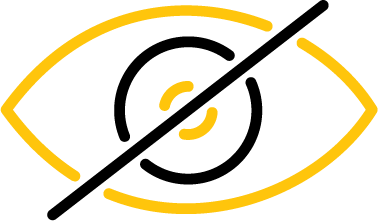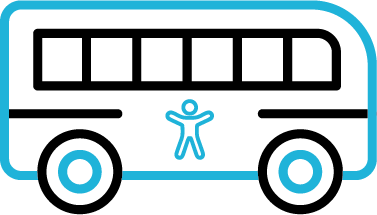
AccessCheck
People with special requirements, whether they are visually impaired, wheelchair bound or have an invisible disability, need to know if the facility they plan to visit is suitably prepared and equipped for their needs.
As part of Intertek’s purpose-led commitment to making the world a more inclusive place for our clients and their customers, we launched AccessCheck, an assessment protocol which provides independent verification of the degree to which any facility meets the accessibility needs of the disabled community.
Module areas include:
Mobility Standards
To ensure that wheelchair users and those with reduced mobility are able to access and use the property. This aspect of the standard looks at both thesuitability of the physical environment and the procedural arrangements. This includes criteria such as the provision of specialist hoists / lifting equipment, the width / gradient / surface type of the main routes around, into and through the property, as well as critical items relating to the evacuation of those that would need additional assistance or facilities to safely escape during an emergency.
Digital Accessibility
The ability for all potential customers/ users of your digital assets (websites, booking systems, operational systems) to use these effectively can be greatly hindered by issues with accessible design. The criteria in this module of AccessCheck revolve around the implementation of best practice guidelines for digital accessibility, such as the Web Content Accessibility Guidelines (WCAG), and ensuring these digital channels avoid the creation of barriers for those with certain disabilities.
Sensory – Vision
The property is evaluated to determine what consideration/ adaptation has been made to eliminate or minimize any barriers that might exist for those with partial or full vision loss / impairment. The criteria include visual aspects of the property to ensure that essential wayfinding / location information is not obscured due to poor design choices, and that where possible alternative features have been implemented to aid those that do not rely on vision.
Sensory – Hearing
Whether a user of a property has full or partial hearing loss, there are key criteria that this module addresses. This includes the availability of equipment to assist those with partial loss of hearing, and the training and procedural systems associated with the staff at the property to ensure that even when physical accessibility may be an issue, the people make sure that those with accessibility needs are fully supported.
Service Animals
Where applicable, AccessCheck requires the property to have a formal procedure relating to allowing users to enter and stay at the property with officially classified service animals. The presence of specific facilities for these animals should be addressed and where necessary specific procedures should be in place to manage any related issues (e.g. pet allergies and room cleaning).
Accessible Transport
Where the property provides transportation for users this will be evaluated to ensure that appropriate accessible transportation is available. This might involve the rental or coordination of third party accessible transport provision.
Non-Visible Disabilities
Due to the vast spectrum of this category of disability, it is often neglected, however AccessCheck looks more at the adaptability and approach that a property might take to supporting these people. Aspects such as sensory stimulus management, or awareness training, is crucial and can make a fundamental difference to the experience that a person may have when using a property or service.
Local Access
AccessCheck looks at the property or service in detail, but does not neglect the fact that it does not operate in isolation. This aspect includes criteria associated with how the users of the property can interact with other elements of the local infrastructure and services. This might involve information provision or coordination with local suppliers or facilities in the neighborhood. The module encourages the creation of a local network of accessible locations.









